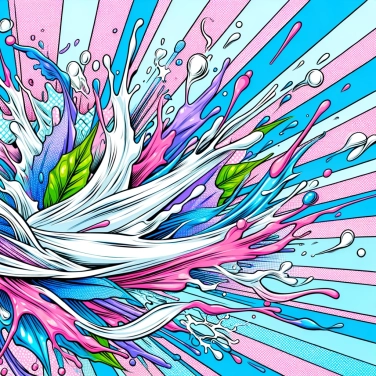In detail, for those interested!
The answer lies in the outer layer of the skin.
The human skin is made up of several layers. The outer layer, called the epidermis, plays a crucial role in protecting against external aggressions. It is also in this layer that flaking occurs after sun exposure. The epidermis is mainly composed of skin cells called keratinocytes. These cells produce a fibrous protein called keratin, which forms an important barrier against pathogens and environmental damage. When the skin is damaged by the sun's ultraviolet (UV) rays, keratinocytes react by triggering an inflammatory process to repair the damage. This inflammation leads to an increase in the production of new skin cells to replace the damaged ones. The resulting flaking is the natural process by which dead epidermal cells are eliminated to allow the skin to heal. This is why the skin peels after sun exposure, as it regenerates to regain its integrity and protective function.
The protective role of the skin
The skin plays a crucial role in protecting the body against external aggressions. Its outer barrier prevents the penetration of pathogenic microorganisms and limits water loss, thus maintaining the hydration necessary for the health of the body. In addition, the skin contains specialized cells, such as Langerhans cells, which contribute to the immune response by detecting pathogens and triggering an inflammatory reaction to fight them. In summary, the skin is an essential protective barrier to maintain the integrity of the body and preserve its overall health.
Skin inflammation and peeling
Skin inflammation and peeling are natural responses of the body to an external aggression such as sunburn. When the skin is damaged by UV rays, an inflammatory reaction is triggered to repair the damage. This inflammation is characterized by redness, swelling, and a sensation of heat in the affected area of the skin. In parallel, peeling, or the skin peeling off, is also a mechanism of defense of the body. By eliminating damaged superficial cells, peeling allows the skin to renew and regenerate more quickly. It is therefore important to let the skin peel naturally after a sunburn, as it is a sign that the healing process is underway. However, it is essential to moisturize the skin properly to promote its regeneration and prevent complications such as skin infections.
![Explain why some countries change time zones?]()
![Explain why chilling the butter before working it into puff pastry dough ensures a better texture.]()
![Explain why Alexander the Great refused to wear shoes.]()
![Explain why Alexander the Great always wore an impressive helmet.]()




















